Best Seasons for Siding Installation
Determining the optimal time for siding service depends on various factors including weather conditions, temperature, and the specific type of siding material. Typically, late spring through early fall offers the most favorable conditions, ensuring proper installation and curing. Avoiding extreme cold or heat can help prevent issues such as material warping or improper adhesion.
Spring and fall are ideal for siding projects due to moderate temperatures and lower humidity, which facilitate better work conditions and material performance.
Rain, snow, and extreme temperatures can delay siding service or compromise quality. Scheduling during dry, mild weather minimizes risks and ensures durability.
Certain siding materials like vinyl or fiber cement perform best when installed within specific temperature ranges, usually between 50°F and 85°F.
Planning siding service ahead of seasonal weather changes helps avoid delays and ensures the project is completed efficiently.
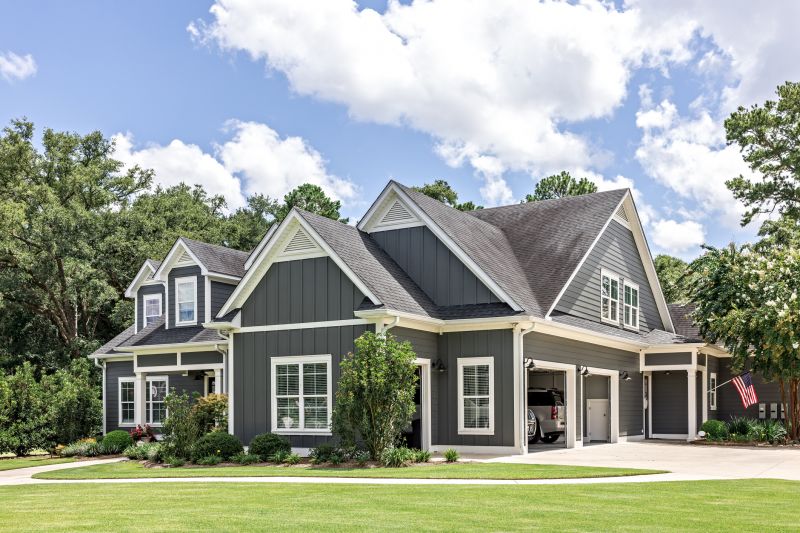
Spring offers moderate weather conditions suitable for siding projects.
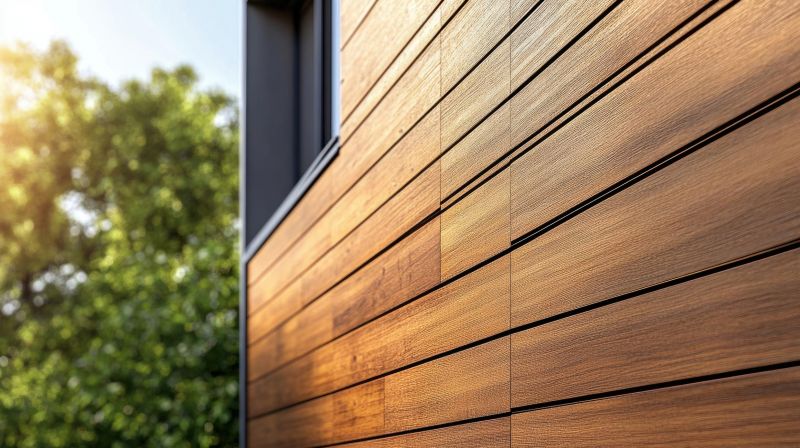
Early summer provides warm temperatures, ideal for many siding materials.
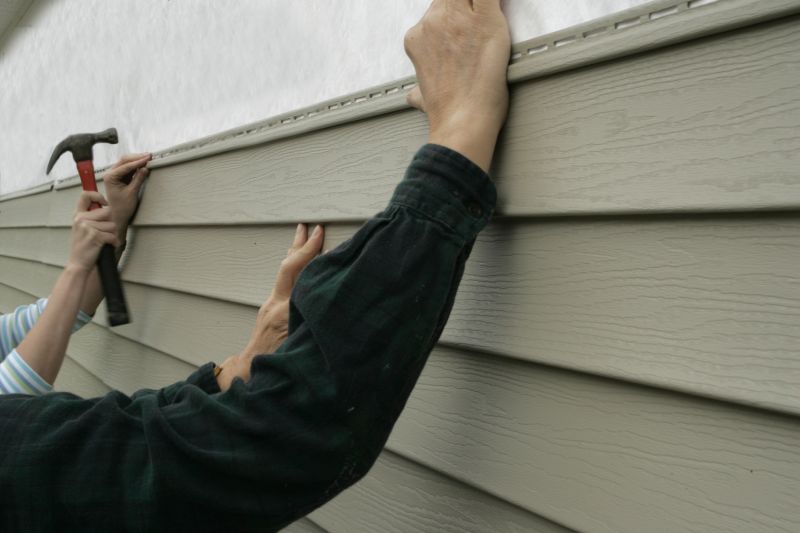
Fall's cooler temperatures help ensure proper installation before winter.
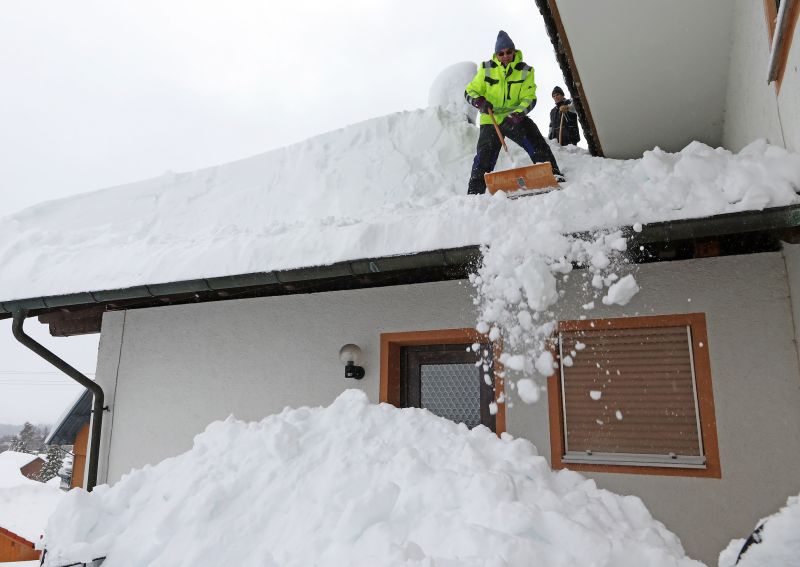
Winter is generally less suitable due to cold temperatures and potential for snow.
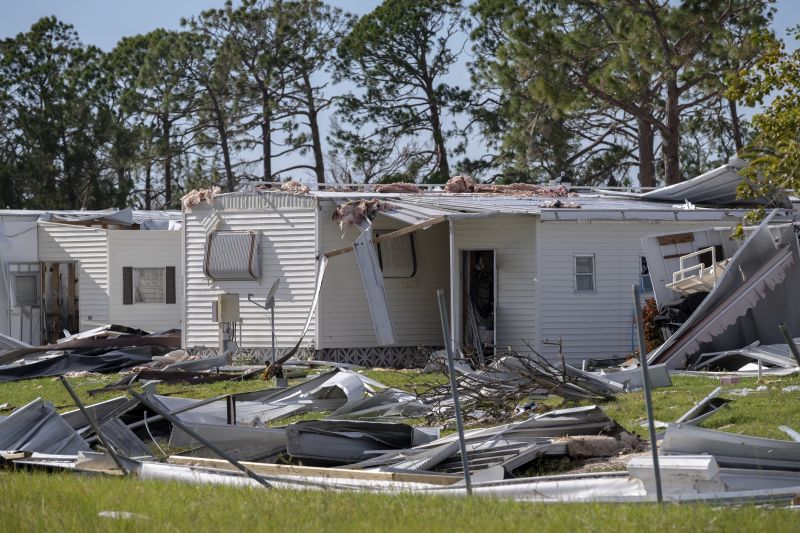
Dry, mild weather reduces delays and improves installation quality.

Some siding materials require specific temperature ranges for optimal installation.
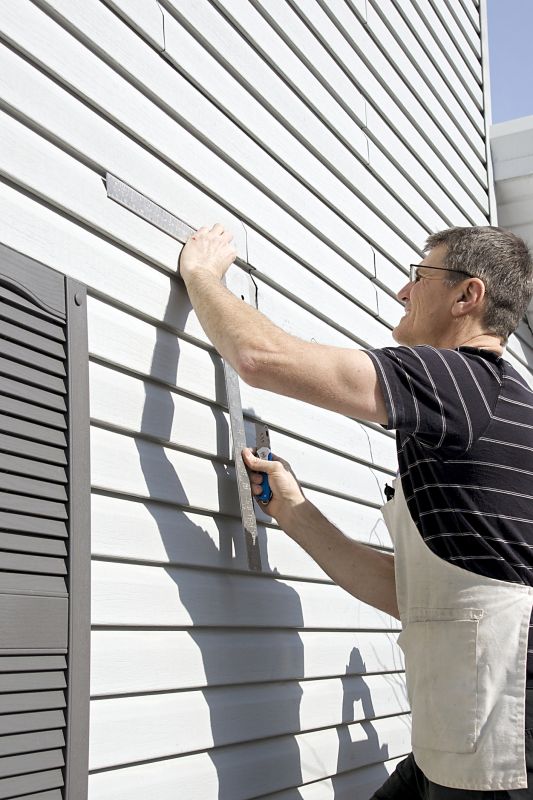
Scheduling ahead ensures siding is installed during optimal conditions.
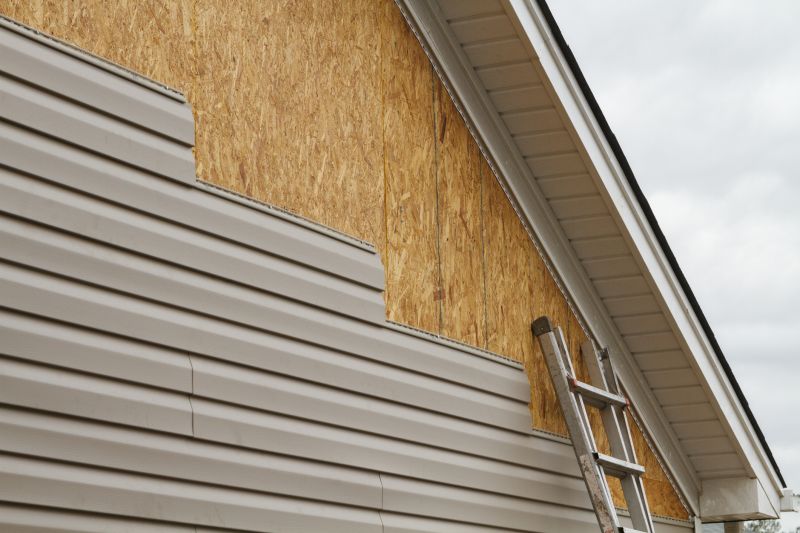
Proper timing reduces weather-related wear and prolongs siding lifespan.
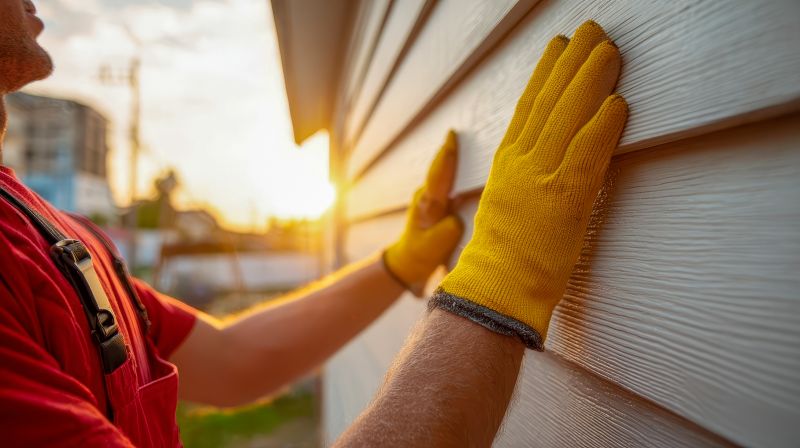
Late spring and early fall are also suitable for siding inspections and repairs.
| Season | Ideal Conditions |
|---|---|
| Spring | Moderate temperatures, low humidity, minimal rain |
| Summer | Warm temperatures, dry weather, longer daylight |
| Fall | Cooler weather, stable temperatures, low humidity |
| Winter | Cold temperatures, snow, and ice present challenges |
Siding service enhances the appearance and durability of a building's exterior. Proper installation and maintenance can prevent issues such as moisture intrusion, pest infestation, and structural damage. Regular inspections and timely repairs can extend the lifespan of siding materials, saving costs over time. The choice of siding material influences the best timing for service, with some options requiring specific temperature ranges for optimal results.
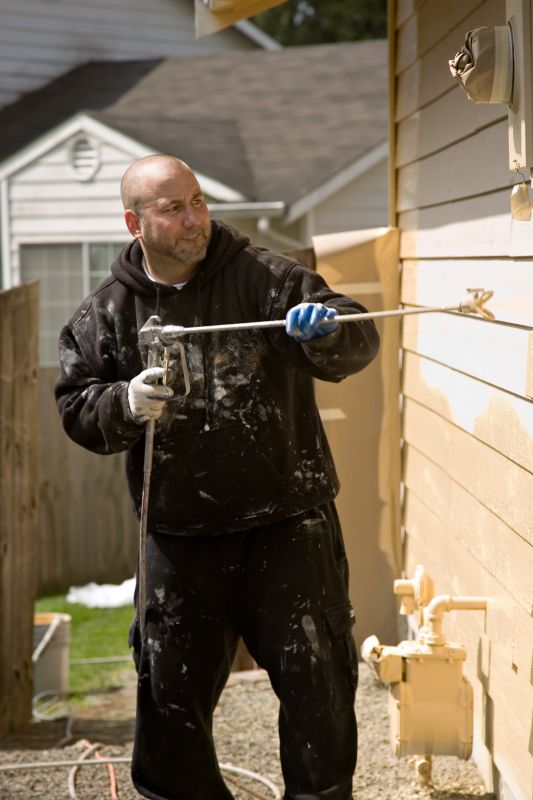
Professional siding installation during optimal weather conditions ensures quality results.
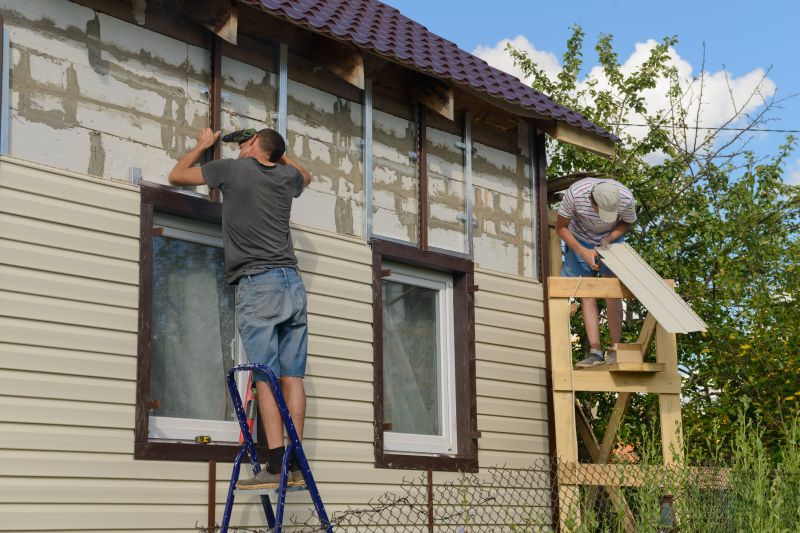
A well-installed siding enhances curb appeal and protects the building.
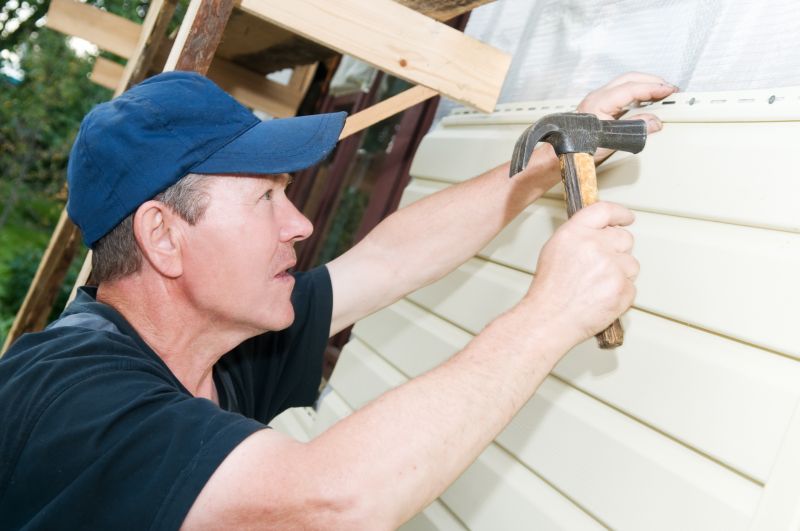
Regular inspections help identify issues early and maintain siding integrity.
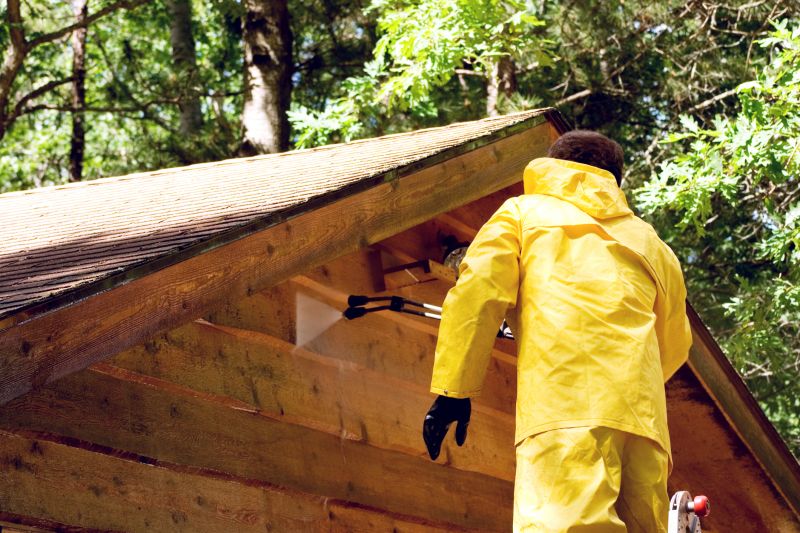
Adjusting maintenance routines based on seasonal weather extends siding lifespan.
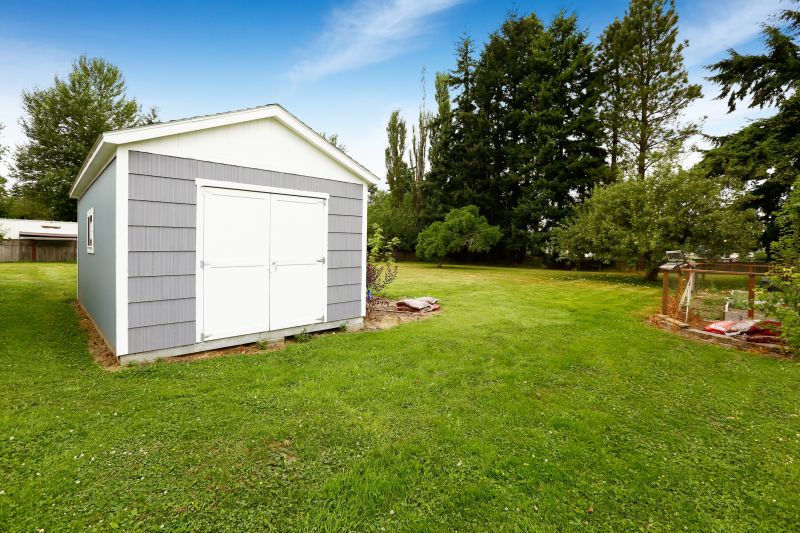
Ways to make Siding Service work in tight or awkward layouts.

Popular materials for Siding Service and why they hold up over time.

Simple add-ons that improve Siding Service without blowing the budget.
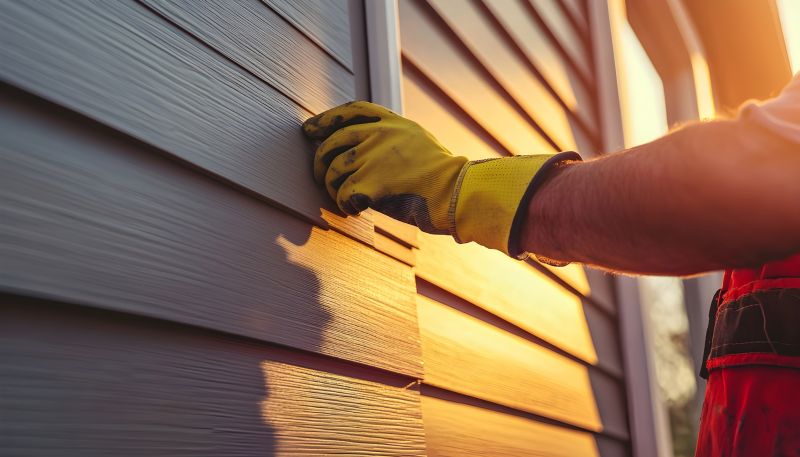
High-end options that actually feel worth it for Siding Service.
Interested parties are encouraged to contact for more information or to schedule siding service. Proper timing aligned with seasonal conditions ensures the best results and longevity of the siding installation or repair.


